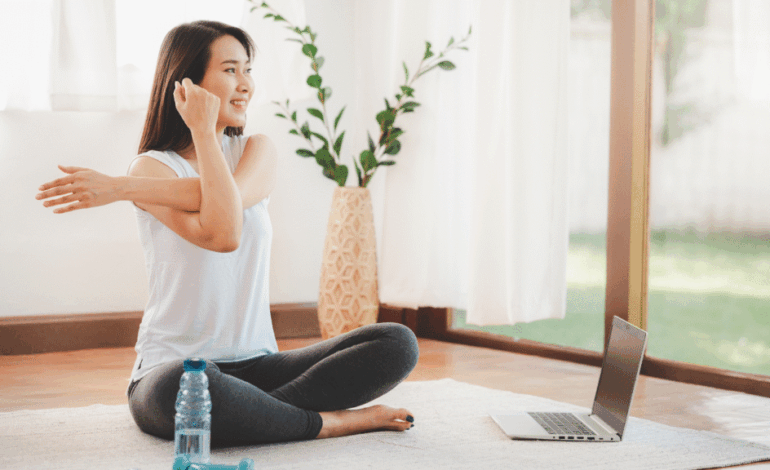Achieve Fitness with Low-Impact Home Exercises for All Ages

Finding time to maintain fitness routines can be challenging, especially for individuals with joint concerns or busy schedules. Fortunately, low-impact home exercises provide an effective way to enhance health without the strain of high-impact workouts. These gentle exercises allow individuals to improve strength, boost cardiovascular health, and alleviate stress—all from the comfort of their homes.
Understanding the advantages of low-impact workouts reveals why they are increasingly favored by various fitness enthusiasts. Unlike traditional high-impact activities, low-impact movements are designed to protect joints while still delivering significant cardiovascular benefits. This makes them suitable for all ages and fitness levels, allowing longer workout sessions without the discomfort associated with more intense exercises.
Joint-Friendly Fitness Solutions
Low-impact exercises, such as swimming, gentle cycling, and controlled movements, effectively elevate heart rates while minimizing the risk of injury. These workouts enhance circulation and endurance, contributing to overall cardiovascular well-being without the jarring impact that can lead to chronic pain or injuries.
In addition to physical health benefits, low-impact exercises positively influence mental health. Research indicates that these gentler movements can lower cortisol levels while promoting the release of mood-enhancing endorphins. The rhythmic quality of such exercises often has a calming effect, helping to clear the mind after stressful days.
Essential Equipment for Home Workouts
One of the most beneficial tools for low-impact exercises is a mini trampoline. Rebounding provides cardiovascular advantages while strengthening the core and improving balance—all gentler on the joints. Resistance bands offer a compact solution for strength training and rehabilitation exercises, making them ideal for home environments.
For those starting their fitness journey, a good yoga mat is essential, providing cushioning and stability for floor exercises. As individuals progress, incorporating stability balls can create challenges that engage the core, while adjustable dumbbells allow for gradual strength building.
Budget-friendly alternatives exist as well. For instance, water bottles can serve as light weights, while towels can act as sliders for core exercises. Simple household items can be creatively utilized to enhance workout routines without the need for expensive equipment.
Low-impact exercises also cater to older adults, addressing specific needs such as balance, bone health, and mobility. Engaging in balance-focused disciplines—such as Pilates, dance, or barre—can significantly reduce fall risks, an important concern for seniors.
Structured Fitness Progression
Creating a structured approach to low-impact workouts can maximize benefits. For example, a three-month progression may look like this:
– **Weeks 1-4:** Begin with 10-15 minute sessions focused on mastering basic movements, such as squats and gentle stretches, building consistency.
– **Weeks 5-8:** Increase session length to 20-30 minutes, introducing resistance bands and light weights while incorporating balance challenges.
– **Weeks 9-12:** Advance to more complex routines, combining low-impact exercises with strength training to prevent plateaus and maintain engagement.
Incorporating mindfulness alongside physical workouts enhances overall wellness, addressing both body and mind.
For those wondering how to start exercising when faced with discomfort, it is advisable to gradually increase the intensity of workouts. Engaging in just 10 minutes of light exercises daily can build a solid foundation. When soreness limits strength training options, alternatives like yoga or walking are beneficial.
Low-impact exercises such as rowing, swimming, and cycling are effective options for those seeking to improve cardiovascular fitness. Bodyweight exercises, including push-ups and squats, can also contribute to muscle building when performed correctly.
Overall, low-impact home exercises offer a sustainable fitness solution without the stress of high-impact routines or gym memberships. From mini trampoline workouts to chair-based movements, these gentle routines adapt to individual fitness levels and physical limitations. They exemplify that maintaining fitness can be accessible and enjoyable—allowing individuals to engage in movement that promotes healing rather than harm.
As the world continues to embrace the importance of health and fitness, low-impact exercises stand out as a practical and effective approach for everyone. With minimal equipment and a focus on personal well-being, individuals can thrive in their fitness journeys from the comfort of their homes.






